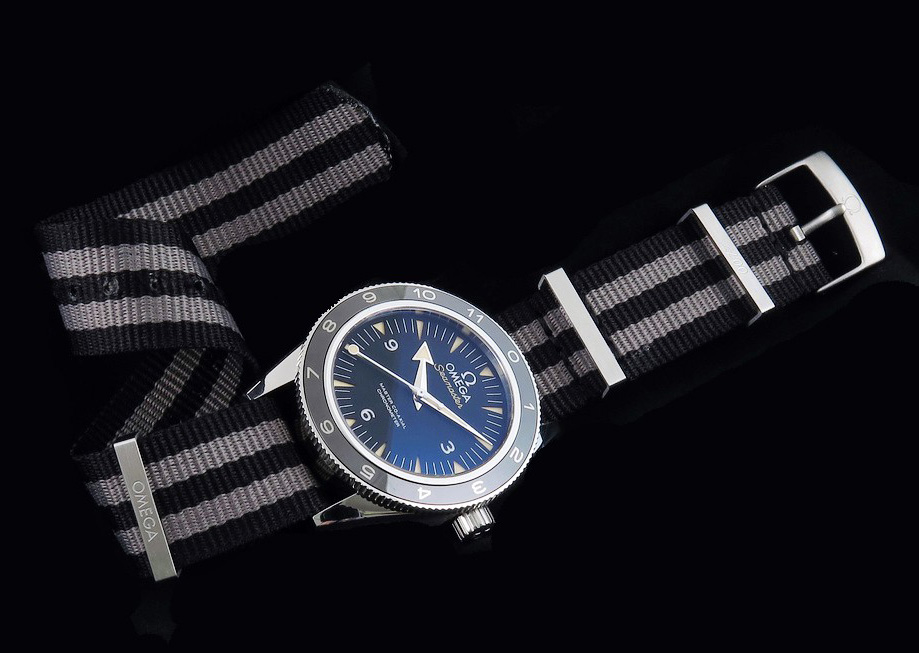

This was the first time Omega has manufactured a world-timer watch.

Underneath the caseback is the Master Chronometer Caliber 8800 movement.Īlso in 2017, the company added the GMT WorldTimer model, featuring a 43mm platinum case fitted with a brown leather strap. The new women's watches offer a choice between a 38mm or 34mm case sizes and some dials are furnished with diamond indexes while others feature a charming wavy pattern. The 41 models run on Master Chronometer Caliber 8900 movements, while the 38 watches run on the Master Chronometer Caliber 8800 - both chronometers certified by METAS and both antimagnetic to 15,000 gauss. Also new to the collection is the choice of rubber straps, while the metal bracelets have also been redesigned to be more integrated with the case. The teak dials now have the grooves running horizontally rather than vertically, and the date window has moved to 6 o'clock. Furthermore, for a symmetrical silhouette, the cases no longer have crown guards and the winding crowns are now slightly conical in shape. The new watches now come in two new sizes, 38mm or 41mm. In 2017, the brand released the third and current generation of the collection, not only powered by the company's latest METAS-certified Master movements and but also featuring a refreshed design. There was the limited-edition Aqua Terra "James Bond" in 2015 in honor of the SPECTRE film released that year, the Aqua Terra GMT "GoodPlanet" in 2016, and the limited edition Aqua Terra" Pyeongchang 2018" launched in 2016 to countdown to the Winter Olympics in South Korea. (No doubt this innovative mechanical movement laid the groundwork for the antimagnetic METAS-certified Master Chronometer movements Omega would eventually introduce the next year.)įollowing this, a few special-edition models joined the collection. Also in 2013, Omega released the revolutionary Aqua Terra > 15,000 Gauss, which as its name implies, is resistant to magnetic fields greater than 15,000 gauss or 1.5 tesla-more than any previous watch movement ever achieved. Over the next several years, Omega added different versions to the lineup like the Aqua Terra Annual Calendar in 2010, Aqua Terra "Golf" in 2011, the Aqua Terra GMT in 2012, the Aqua Terra Chronograph GMT in 2013, and the Aqua Terra Day-Date in 2013.

The bulk of the collection consisted of stainless steel and two-tone steel and red gold models. Aside from the movement, the sizes of the automatic models were modified slightly to offer 38.5mm and 41.5mm cases and the dial featured the now-famed "teak concept" motif with vertical lines intended to mimic the decks of luxury yachts. In 2008, the company unveiled a revamped collection, complete with the then-new in-house Caliber 8500 Co-Axial automatic movement. It is often said that the Aqua Terra was Omega's answer to the Rolex Datejust. Size choices include 36.2mm, 39.2mm, and 42.2mm, and metal options include stainless steel and 18k yellow gold. The watches feature round cases with smooth bezels, which house clean and simple legible dials with center timekeeping hands at center and a date window at 3 o'clock. Except for a few quartz models, this generation of the Aqua Terra was equipped with ETA-based Caliber 2500 Co-Axial automatic movements. The company debuted the 150M line in 2002 as part of the greater collection, using the Latin words for "water" and "earth" to emphasize the watches' suitability for use at sea or on land. Since its initial release in 2002, the Omega Aqua Terra collection has existed in three major generations:


 0 kommentar(er)
0 kommentar(er)
